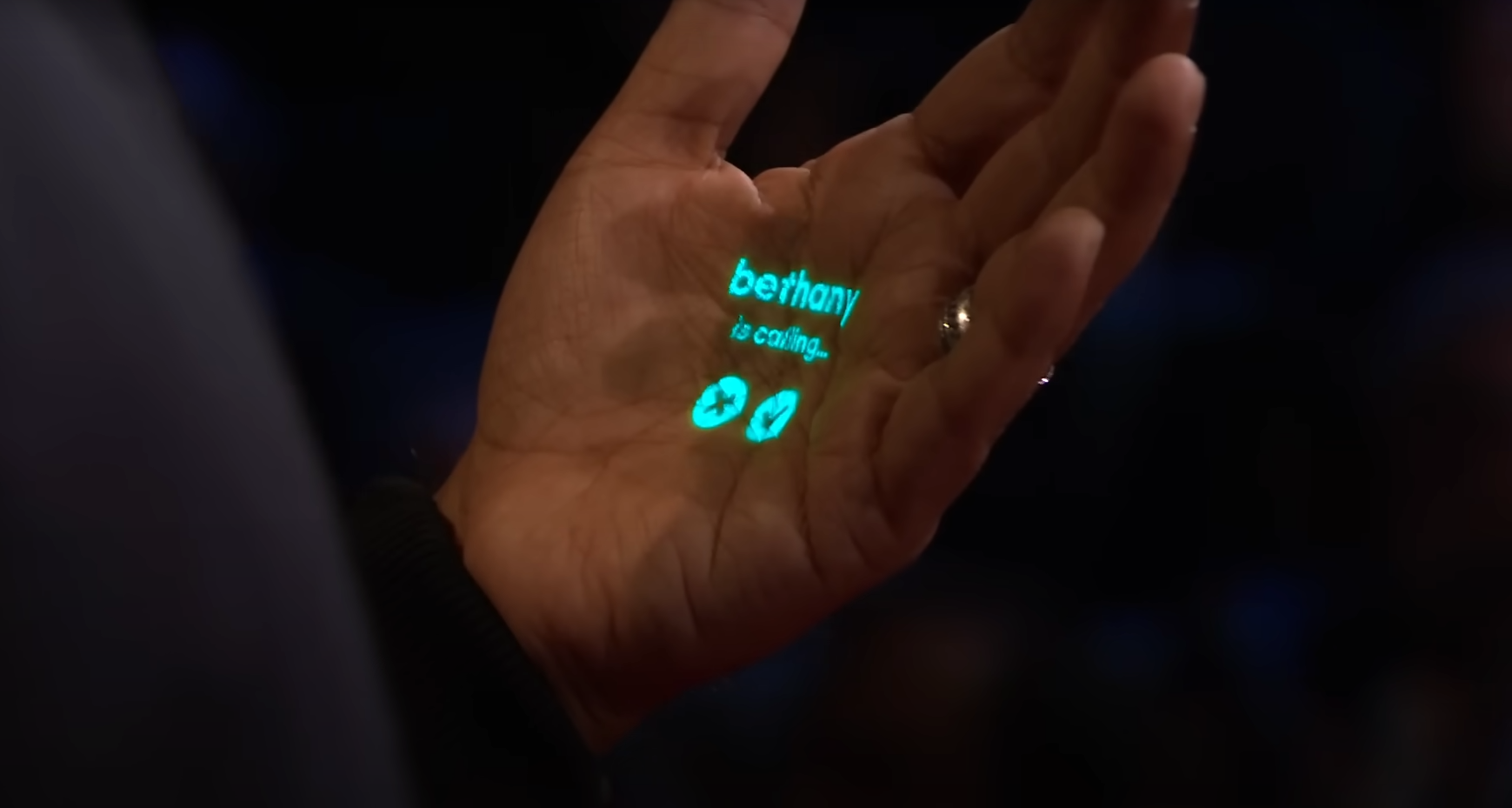Computers are everywhere. We use them to work, learn, communicate, entertain, and more. But what if computers could become so integrated into our environment that we barely notice them? What if they could disappear from our sight and yet still be accessible and useful? This is the idea behind the disappearing computer, a vision for the future of computing that aims to make technology more natural, human-friendly, and ubiquitous.
What is the disappearing computer?
The disappearing computer is not a specific device or technology, but rather a paradigm or a concept. It refers to the idea that computers should fade into the background and become invisible to the user, while still providing functionality and services. The disappearing computer is also known as ubiquitous computing, ambient computing, or pervasive computing.
The term “disappearing computer” was coined by Mark Weiser, a computer scientist at Xerox PARC, in the early 1990s. He envisioned a world where computers would be embedded in everyday objects and environments, such as walls, furniture, clothing, and appliances. These computers would communicate with each other and with the user through wireless networks and natural interfaces, such as voice, gesture, touch, or vision. The user would not need to focus on the computer itself, but rather on the task or activity at hand.
The disappearing computer is different from the traditional model of computing, where the user interacts with a single device, such as a desktop or a laptop, through a graphical user interface (GUI). In this model, the computer is visible and central to the user’s attention. The user has to learn how to use the computer and its software and adapt to its limitations and constraints.
The disappearing computer is also different from the current trend of mobile computing, where the user carries a personal device, such as a smartphone or a tablet, that can access various applications and services through the internet. In this model, the computer is portable and convenient but still requires the user’s attention and input. The user has to switch between different devices and apps and deal with issues such as battery life, connectivity, and security.
The disappearing computer aims to overcome these drawbacks and create a more seamless and natural experience for the user. The computer would be distributed across multiple devices and sensors that are context-aware and adaptive. The computer would anticipate the user’s needs and preferences, and provide relevant information and assistance. The computer would enable the user to interact with the physical world and other people in more meaningful and engaging ways.
How does the disappearing computer work?
The disappearing computer is not yet a reality, but rather a vision that is being pursued by various researchers and innovators around the world. There are many challenges and opportunities involved in making the disappearing computer happen. Some of the key aspects of the disappearing computer are:
Hardware: The disappearing computer requires miniaturized and low-power devices that can be embedded in various objects and environments. These devices include microprocessors, sensors, actuators, displays, cameras, speakers, microphones, antennas, batteries, etc. These devices need to be able to communicate with each other and with the user through wireless protocols such as Bluetooth, Wi-Fi, NFC, etc.
Software: The disappearing computer requires intelligent software that can run on multiple devices and platforms. This software includes operating systems, middleware, applications, services, agents, etc. This software needs to be able to coordinate and synchronize the devices and their functions and provide a consistent and coherent user experience. The software also needs to be able to learn from the user’s behavior and context and adapt to the user’s needs and preferences.
Interfaces: The disappearing computer requires natural and intuitive interfaces that can enable the user to interact with the devices and the environment. These interfaces include voice, gesture, touch, vision, sound, smell, etc. These interfaces need to be able to recognize the user’s input and feedback and provide appropriate responses and actions. The interfaces also need to be able to support multimodal and cross-modal interactions, such as using voice and gesture together or using sound and vision together.
Data: The disappearing computer requires large amounts of data that can be collected, processed, stored, and transmitted by the devices and the software. This data includes personal data, such as biometrics, preferences, habits, etc., environmental data, such as location, temperature, humidity, etc., social data, such as contacts, messages, events, etc., and contextual data, such as time, activity, mood, etc. This data needs to be able to provide useful information and insights for the user and the system. The data also needs to be protected and managed securely and ethically.
Summary
The disappearing computer is a vision for the future of computing that aims to make technology more natural, human-friendly, and ubiquitous. It involves various aspects of hardware, software, interfaces, and data that work together to create a seamless and natural user experience. The disappearing computer is not yet a reality, but rather a challenge and an opportunity for researchers and innovators around the world. The disappearing computer has the potential to transform our lives in many ways, such as enhancing our productivity, creativity, learning, entertainment, health, social interaction, etc. However, it also poses some risks and challenges, such as privacy, security, ethics, usability, reliability, etc. Therefore, it is important to design and develop the disappearing computer with human values and needs in mind, and to involve users and stakeholders in the process. The disappearing computer is not just a technological innovation, but also a social and cultural one. It requires us to rethink our relationship with technology and the world around us.



